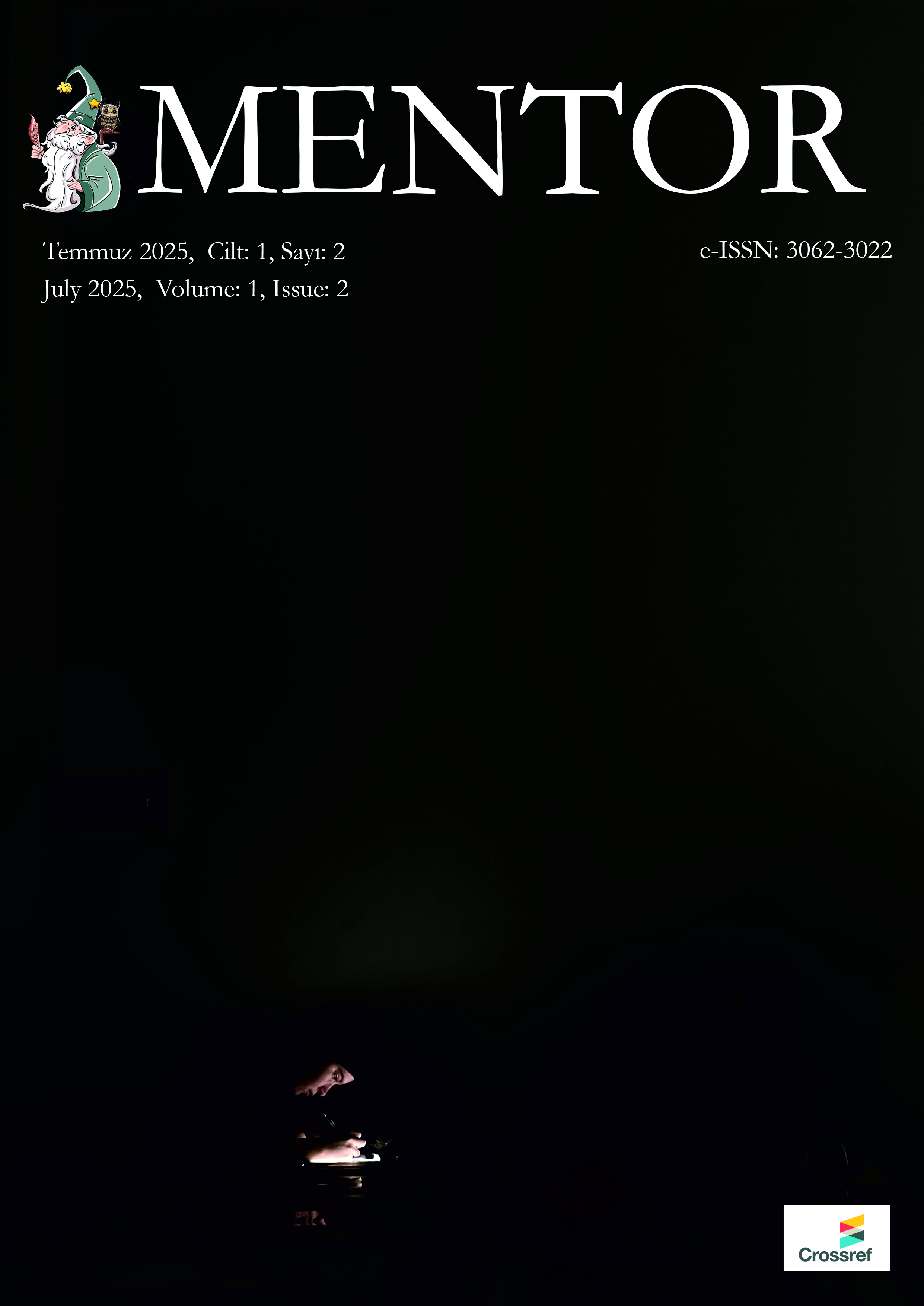An Analytical Study of Leo Brouwer's Canticum and its Significance in Contemporary Guitar Music
DOI:
https://doi.org/10.64293/mentor.v1i2.29Keywords:
Leo Brouwer, Canticum, 20th Century Guitar MusicAbstract
This article examines Canticum, one of the prominent works from the second creative period of Cuban composer Leo Brouwer, in terms of its formal, harmonic, and structural features. Composed in 1968, the piece consists of two movements (Eclosion and Ditirambo) and is particularly notable for its systematic use of dissonant intervals such as major sevenths, minor seconds, augmented fourths, and diminished fifths. The study analyzes the work through a segmented examination of its core motifs, intervallic relationships, and rhythmic organization. In the analysis of the work, the systematic use of dissonant intervals—especially major seventh, minor second, augmented fourth, and diminished fifth—is considered a fundamental determinant in the construction of the structure in both the horizontal and vertical dimensions. In the first movement, the alternating use of figural motifs in the fermata-defined segments stands out as a fundamental element determining the form of the work. Exploiting the guitar’s wide timbral range, Brouwer demands from the performer a high level of technical mastery, refined dynamic sensitivity, and advanced positional agility. The second movement, on the other hand, introduces a fixed structural foundation built on an E-flat pedal tone, which expands the figurative gestures of the first movement and provides a point of balance within an otherwise non-centered harmonic framework. Canticum stands not only as a representation of Brouwer’s compositional approach during his second period, but also as a distinctive example within the contemporary guitar repertoire that enables multi-layered inquiry in technical, formal, and aesthetic terms. The systematic use of intervallic structures, figural variations, and pedal-based rhythmic tension positions the work as a special position both in terms of analytical exploration and performative interpretation. Canticum should be evaluated as an original work that expands the expressive boundaries of modern guitar music and redefines the performer-composer relationship as a conceptual whole completed by performance.
References
Akıncı, A. (2008). Leo Brouwer’ın bestecilik dili ve dönemleri: Tres Apuntes, Canticum, El Decameron Negro eserlerinin dönemsel ve biçimsel analizleri [Yayımlanmamış Yüksek Lisans Tezi]. İstanbul Üniversitesi Sosyal Bilimler Enstitüsü.
Brouwer, L. (1981). El Decameron Negro [Gitar partisyonu]. Ediciones Espiral Eterna.
Brouwer, L. (1986). Tres Apuntes [Gitar partisyonu]. Ediciones Espiral Eterna.
Camacho, L. D. (1998). Interactions, cross-relations, and superimpositions: The musical language of Leo Brouwer, and “Sobre Heroes y Rumbas” [Yayımlanmamış Doktora Tezi]. University of Pittsburgh.
Century, P. R. (1985). Idiom and intellect: Stylistic synthesis in the solo guitar music of Leo Brouwer [Yayımlanmamış Yüksek Lisans Tezi]. University of California: Santa Barbara.
Century, P. R. (1987). Leo Brouwer: A portrait of the artist in socialist Cuba. Latin American Music Review, 8(2), 151–171. https://doi.org/10.2307/780278
Forte, A. (1973). The structure of atonal music. Yale University Press.
Grisey, G. (1998). Did you say spectral?. Contemporary Music Review, 19(3), 1–3.
Koonce, F. (1999). The music of Leo Brouwer for solo guitar. Mel Bay Publications.
Russolo, L. (2015). Gürültünün sanatı (L’arte dei rumori) (A. Gedik, Çev.). Sub Press.
Wade, G. (2010). A concise history of the classic guitar. Mel Bay Publications.

Downloads
Published
Versions
- 2025-07-14 (3)
- 2025-07-14 (2)
- 2025-07-14 (1)
How to Cite
Issue
Section
License
Copyright (c) 2025 Alkan Akıncı

This work is licensed under a Creative Commons Attribution 4.0 International License.



